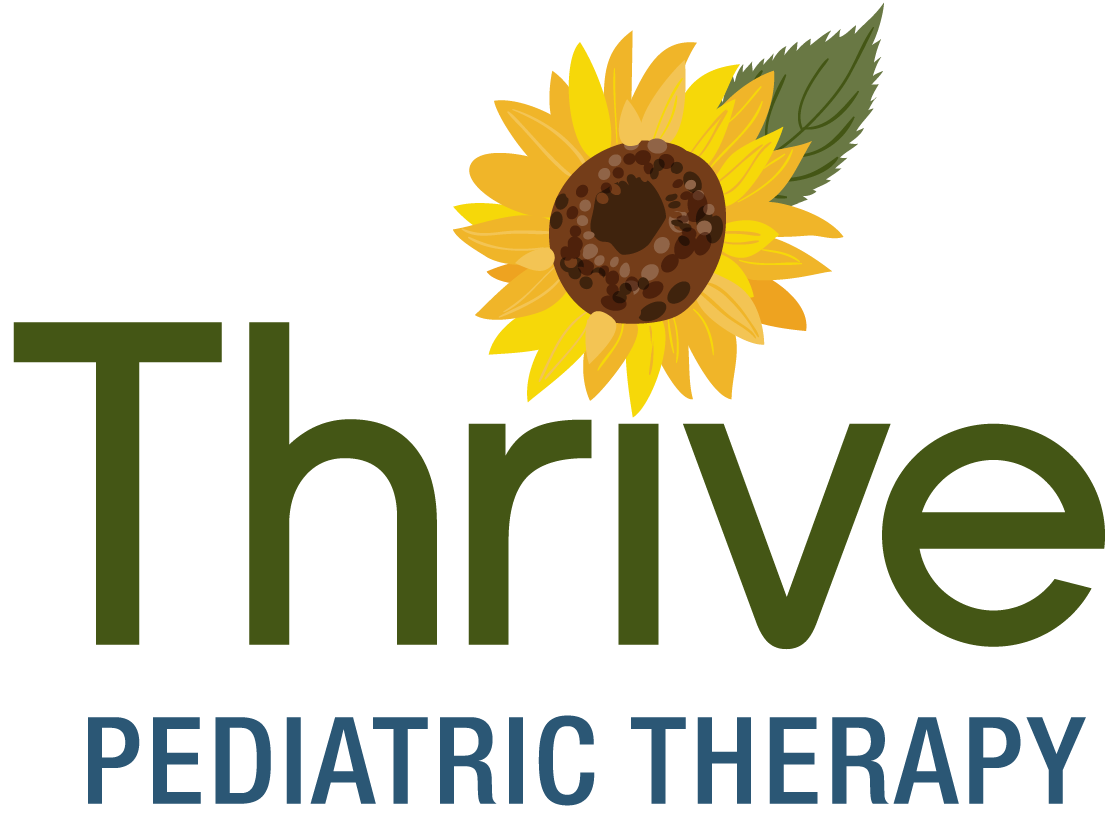Augmentative and Alternative Communication, or AAC, refers to the ways in which someone communicates besides verbal speech. People of all ages can use AAC if they have difficulty with speech or language skills. Augmentative means to add to someone’s speech, and Alternative means to be used instead of speech.
There are many different types of AAC. No-tech and low-tech AAC options include gestures, pointing to pictures or written words, and communication boards. High-tech AAC options include using tablets or computers that “speak,” which are often called speech-generating devices.
AAC can improve children’s ability to interact with others at home and in the community, reduce frustration, and increase independence.
There are several common misconceptions regarding the use of AAC:
- Research has shown that the use of AAC will NOT hinder verbal language development; rather, it enhances language development and communication skills.
- Children do not need to be a certain age to benefit from AAC. Even young children can learn to use AAC to effectively communicate.
- Individuals can use AAC even if they have physical limitations that affect their ability to move their arms and hands. Your speech-language pathologist can work with your occupational therapist and physical therapist to find the best way for your child to use their AAC device.
Your speech-language pathologist can determine if your child would benefit from AAC. Thrive Pediatric Therapy works closely with AbleNet to obtain high-tech speech-generating devices for children who would benefit from their use.

